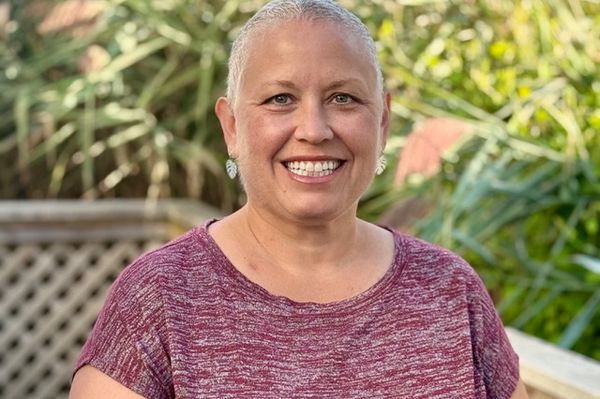Anyone with ovaries can develop ovarian cancer.
Prevention is not yet possible, but certain factors play a role in raising and lowering your risk.
Factors That Raise Ovarian Cancer Risk
Age
- Being 55 years or older
- Most ovarian cancer cases develop after menopause
Gynecological
- First full-term pregnancy after age 35
- No full-term pregnancies
- Late menopause
- Early onset periods
- Endometriosis
- Infertility
Hormone therapy after menopause
- Estrogen treatment without progesterone
Genetics
- A family history of ovarian, breast or colorectal cancer
- Having a genetic mutation for ovarian, breast or colorectal cancer
- BRCA1, BRCA 2 or Lynch syndrome
- Up to 1 in 4 ovarian cancers are caused by genetic mutations
A previous breast cancer diagnosis
Factors that might increase your risk — but more studies are needed
Research is still ongoing linking ovarian cancer risks to:
- Talcum powder
- Fertility treatments
Factors That Lower Your Ovarian Cancer Risk
Birth control
- Birth control pills
- IUDs
- Tubal ligation
DYK? Few doctors still recommend tubal ligation. It’s now common to remove the fallopian tubes for permanent sterilization.
Gynecological factors
- Breastfeeding
- Pregnancy carried to full-term
- Each pregnancy carried to full-term lowers your risk further
- Early menopause (before age 45)
Surgery
- Salpingectomy
- Removal of fallopian tubes, often done during another surgery
- Bilateral salpingo-oophorectomy
- Removal of both ovaries and fallopian tubes
- Hysterectomy
- Removal of uterus alone
DYK? Most cases of ovarian cancer start with precancerous cells in the fallopian tubes
Removing the fallopian tubes is a low-risk surgery that could reduce your ovarian cancer risk by a lot.
This educational resource was created with support from Daiichi Sankyo and Merck.







